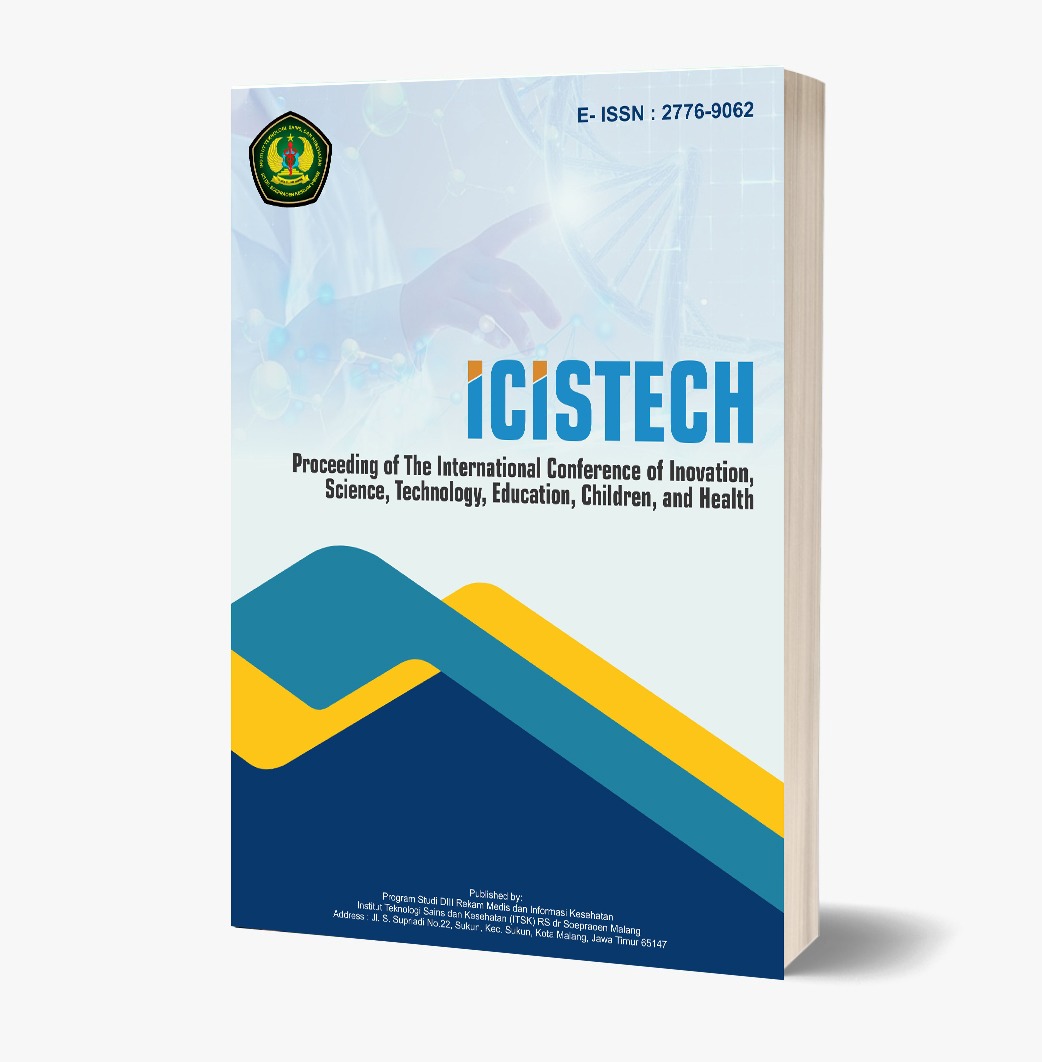Child Labor Efforts to Prevent Exploitation Child for Public Poor
DOI:
https://doi.org/10.62951/icistech.v3i1.55Keywords:
Labor, children, poor, exploitation, preventionAbstract
Child labor is a term for employing children under 18 years of age. Child labor is the exploitation of a child for work usually on a low salary without other guarantees. The background of child labor due to poverty causes children to have to work to support their families. This research uses descriptive qualitative method, seeks to describe the causes of children working and the impact of children working. The research was carried out in Indramayu Regency, Sukabumi Regency, Ponorogo Regency, Malang Regency, Central Lombok Regency as the locations that contributed a lot of migrant workers abroad. The number of respondents was 150 children working in the informal sector, including migrant workers. The background of workers comes from poor families with low parental education levels. The findings of the cause of working children are parental poverty due to low parental education levels, lack of work skills, low income. The impact of working children experiencing exploitation includes 70% working more than 9 hours, getting wages but being cut without the child's knowledge, getting wages but not in accordance with the minimum wage standard, the promised work is not in accordance with reality (67%), loss of communication with parents 83%, and the occurrence of violence in the workplace such as discomfort, coercion, threats, prone to sexual harassment (50%). The impact of working children has a contribution to their family as much as 80%. Recommendations need to prevent the exploitation of child labor through empowering poor families in pockets of poverty. Preventive protection measures mean that the state, government, local governments, communities, families, and parents or guardians are fully responsible and obliged to implement child protection.
References
Arikunto, S. (2014). Procedure study: A approach study. Rineka Cipta.
Bless You, N., & Sir, M. (2012). Description of resilience in child laborers who experience abuse. Predicate.
Cholifah, P. S., Oktaviani, H. I., Nuraini, N. L. S., Meidina, A. M., Wanodyaningtiyas, R. F., & Yafie, E. (2019, October). Online project-based learning for improving innovative initiation during diffusion and innovation course. In 2019 5th International Conference on Education and Technology (ICET) (pp. 55-60). IEEE.
Eleanor, F. N., & Daughter, A. H. (2018). Countermeasures trading man and fulfillment right victim in Village Sukaraja. Journal Devotion to Public UBJ. https://doi.org/10.31599/jabdimas.v1i1.239
Fitriana, Y. D., Dear, K., & V., M. A. (2015). Factors related to verbal abuse of preschool-aged children. Journal of Psychology Undip, 14(1), 81–93.
Hartono, U. (2019). Violence and child protection. Media Information Study Welfare Social.
International Labor Organization. (2018). Increase safety and health of young workers. International Labor Office, CH-1211 Geneva 22, Switzerland.
International Labour Office. (2018). Improving the safety and health of young workers. International Labour Office, CH-1211 Geneva 22, Switzerland.
Iriana, B. S., & Priyarsono, D. S. (2013). Exploitation of child labor in Indonesia. Journal of Economy and Development Indonesia. https://doi.org/10.21002/jepi.v13i2.226
Itang, I. (2017). Factor factors reason poverty. Tazkia.
Jannah, M. (2017). Exploitation of child labor in Indonesia and reconstruction direction policy social. Community. https://doi.org/10.20414/komunitas.v9i1.1763
Ministry of Health RI. (2018). Violence against children and teenagers. Center for Data and Information, Ministry of Health RI.
Mulyadi, M. (2013). Violation of children's rights. Secretariat General DPR RI.
Nandi, N. (2016). Child labor and the problems. Journal of Geography GEE. https://doi.org/10.17509/gea.v6i1.1731
Sugiyono. (2014). Method and procedure study. E-Journal.
Suwandayani, B., Istanti, & Isbadrianingtyas, N. (2017). The role of school culture in the formation of school children's character base. National Seminar on Institutional Culture.
Tamba, E. M., Christian, H., & Gutama, A. S. (2014). Social service for teenagers separated from school. Share: Social Work Journal, 4(2), 13077. https://doi.org/10.24198/share.v4i2.13077
Downloads
Published
How to Cite
Issue
Section
License
Copyright (c) 2023 Proceeding of The International Conference of Inovation, Science, Technology, Education, Children, and Health

This work is licensed under a Creative Commons Attribution-ShareAlike 4.0 International License.













